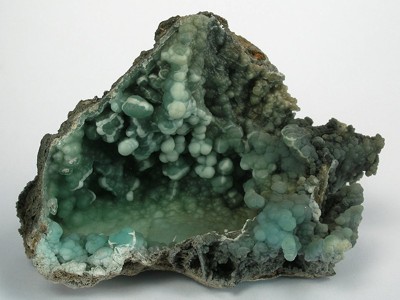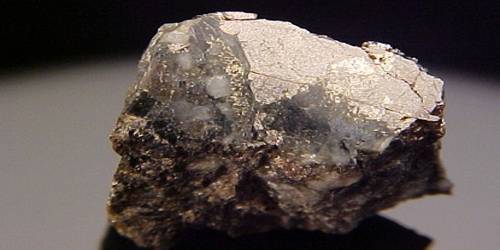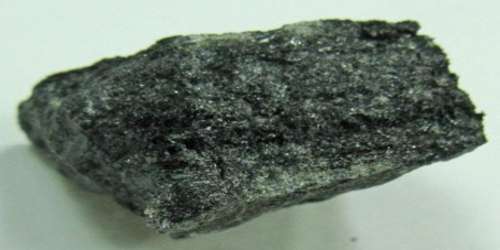Gibbsite, Al(OH), is one of the mineral forms of aluminum hydroxide. It is a colorless mineral consisting of hydrated aluminum hydroxide, occurring chiefly as a constituent of bauxite or in encrustations. It is often designated as γ-Al(OH)3 (but sometimes as α-Al(OH)3. It is also sometimes called hydrargillite (or hydrargyllite).
Gibbsite is an important ore of aluminum in that it is one of three main phases that make up the rock bauxite. It is an important ore of aluminum and is one of three minerals that make up the rock Bauxite.
General Information
- Category: Hydroxide minerals
- Formula: Al(OH)3
- Crystal system: Monoclinic
- Crystal class: Prismatic (2/m) (same H-M symbol)

Fig: Gibbsite
Properties
The structure of gibbsite is interesting and analogous to the basic structure of the micas. The basic structure forms stacked sheets of linked octahedrons of aluminum hydroxide. The lack of a charge on the gibbsite sheets means that there is no charge to retain ions between the sheets and act as a “glue” to keep the sheets together. The sheets are only held together by weak residual bonds and this results in a very soft easily cleaved mineral.
- Mohs scale hardness: 2.5-3
- Specific gravity: 2.35
- Cleavage: {001} Perfect
- Color: Bluish, Green, Green White, Gray, Gray white.
- Density: 2.3 – 2.4, Average = 2.34
- Diaphaneity: Translucent to transparent
- Fracture: Tough – Difficult to break apart as shown by fibrous minerals and most metals.
- Luminescence: Non-fluorescent.
- Luster: Vitreous – Pearly
- Streak: white
Occurrence: A typical product of weathering of aluminous minerals, common in lateritic soils and bauxite. Also formed in low-temperature hydrothermal and metamorphic environments, replacing aluminous minerals.
Gibbsite is interesting for another reason because it is often found as a part of the structure of other minerals. It is a secondary mineral mainly of tropical and subtropical occurrence. It is an alteration product of many aluminous and alumino-silicate minerals under intense weathering conditions. As such, it is commonly found in lateritic formations, highly-weathered soils, and clay deposits
Association: Diaspore, b¨ohmite, corundum, kaolinite, goethite.
Information Source:
















